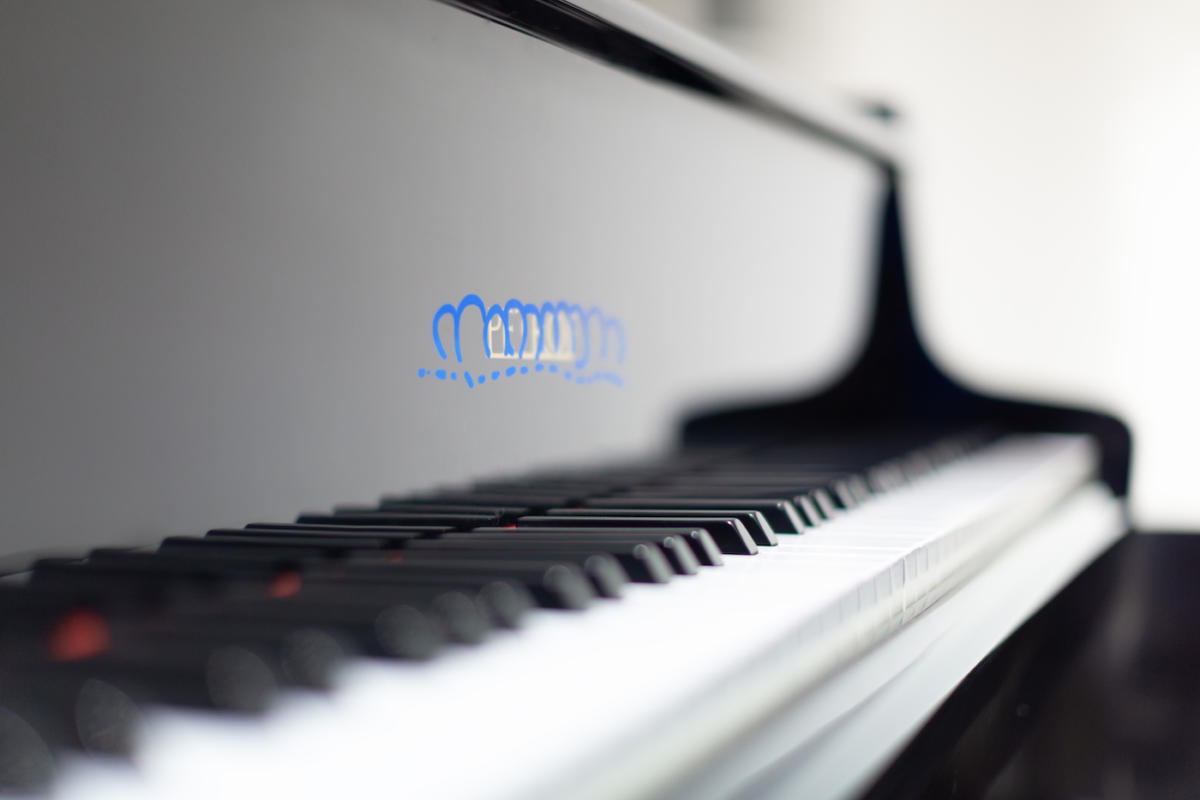
The apocalypse is already here. Pandemics, climate change, deadly asteroids, atomic war, aliens – that is only some of the possible scenarios. But the scenarios for saving humankind are considerably fewer: mostly revolving around the idea of colonizing other planets. Are we so shortsighted that we cannot come up with anything but the repetition of our history? Haven’t we learned a lesson from the history of colonization? Are we capable of creating and sustaining a new ecosystem on the Moon or Mars, while barely preserving the only one we’ve got now? Is it (astro)ethical to plant our feet on another planet without its permission?

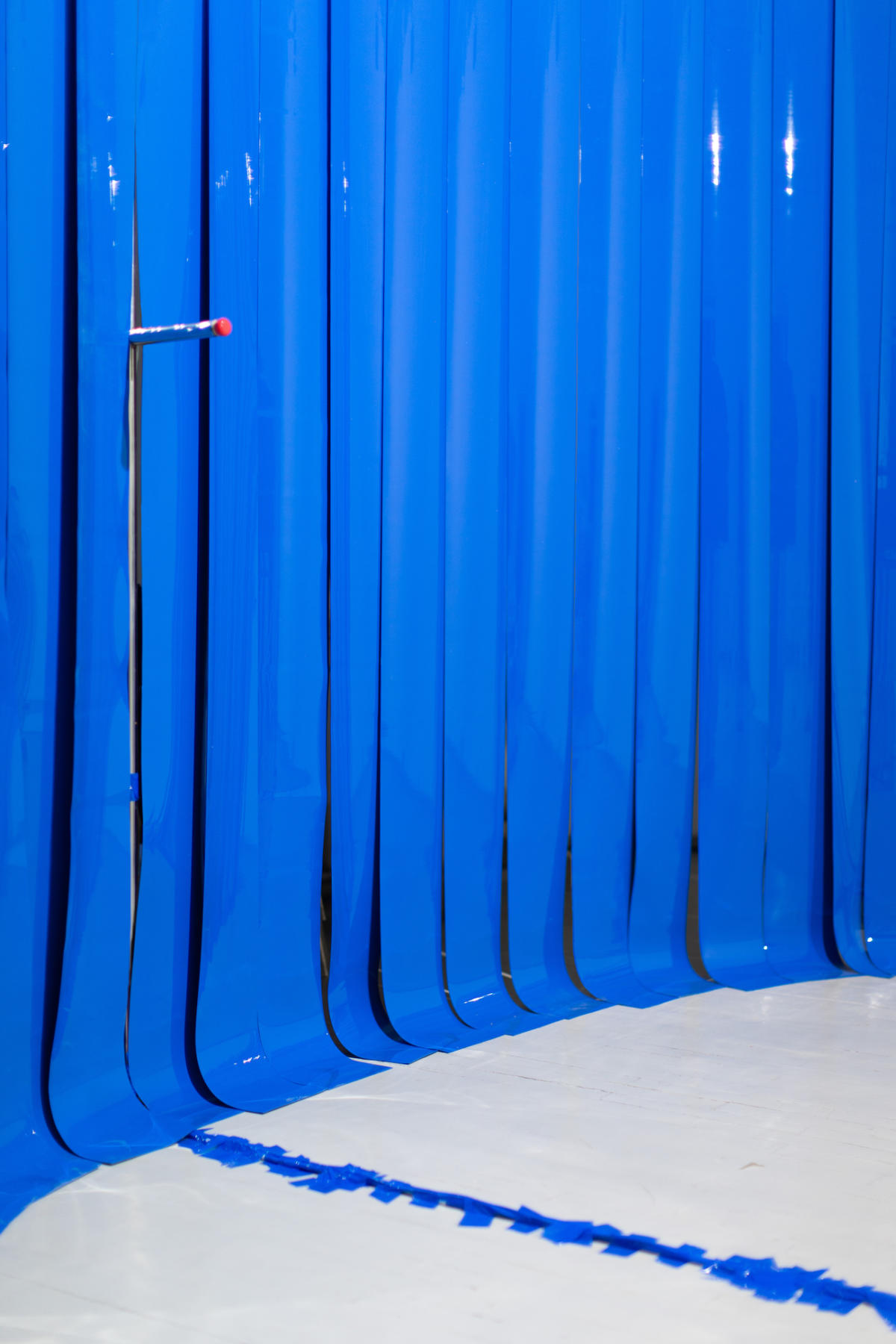
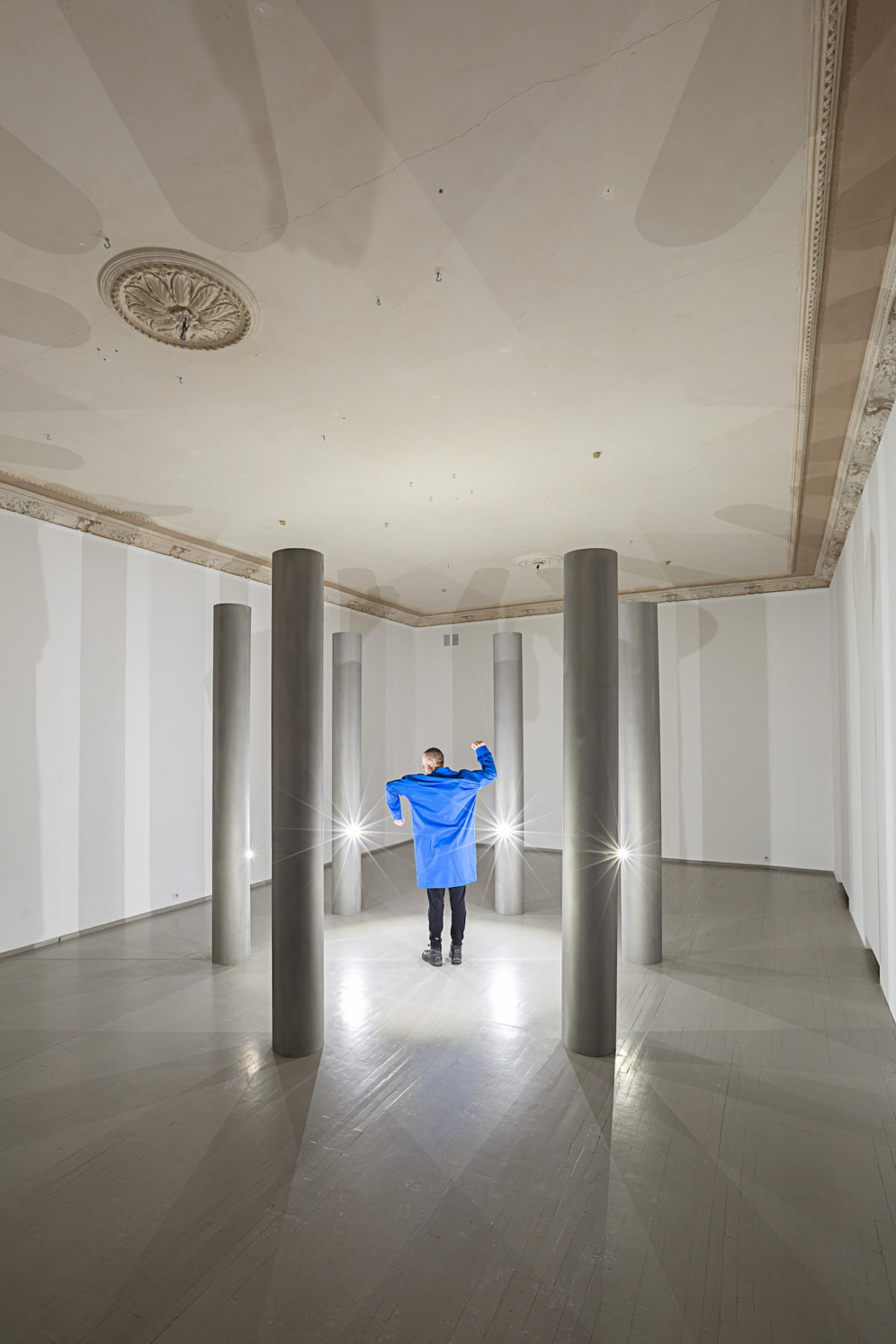
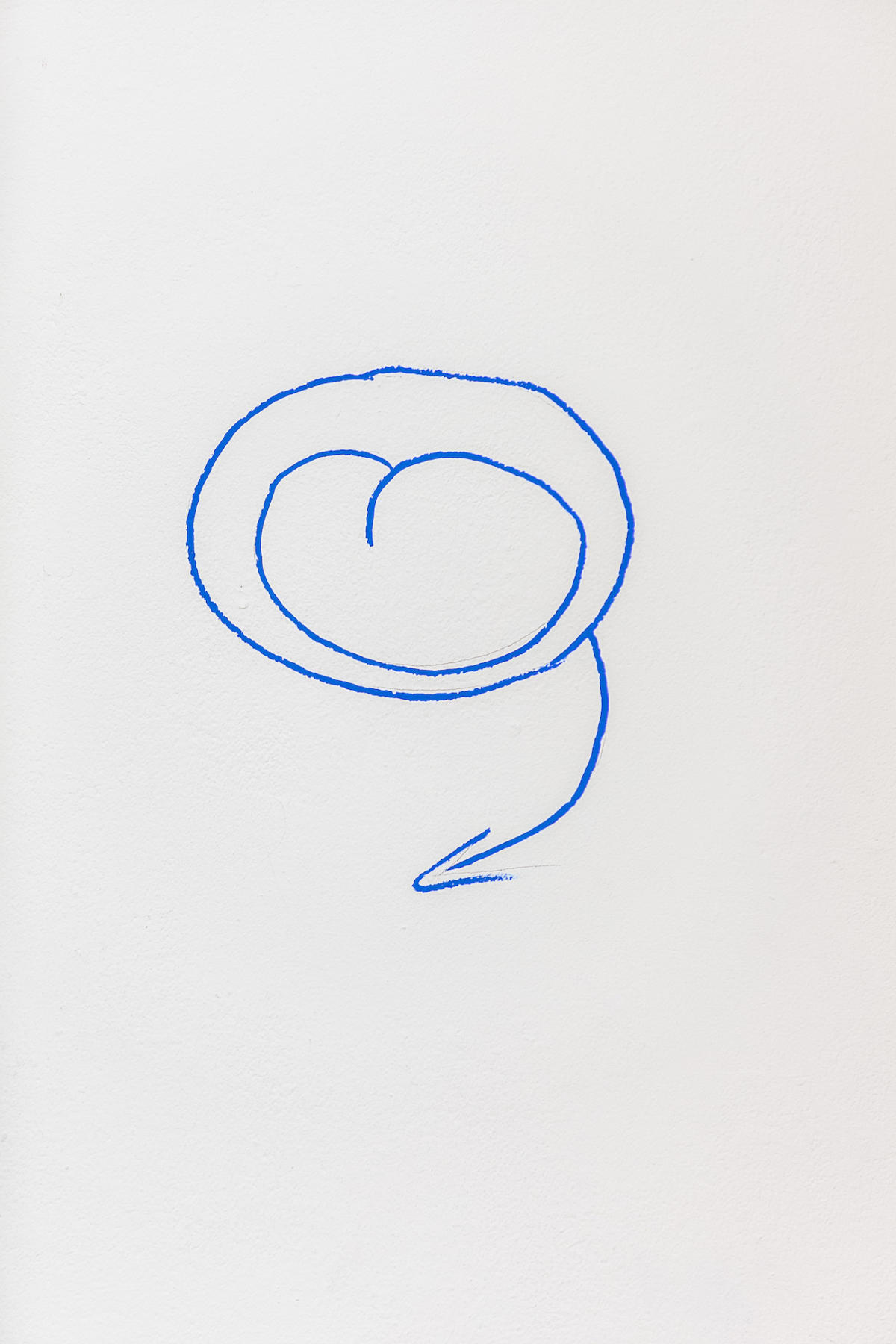
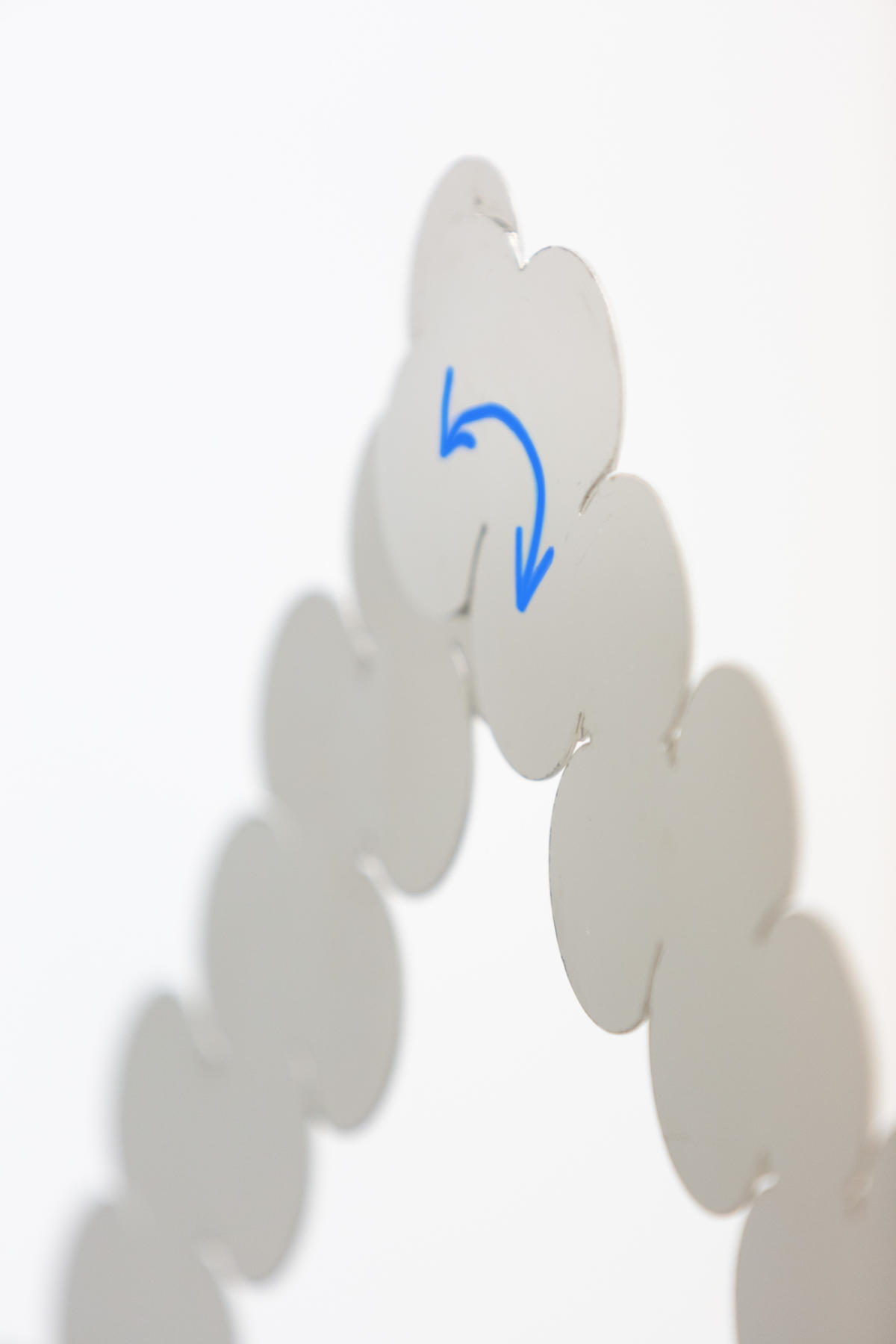
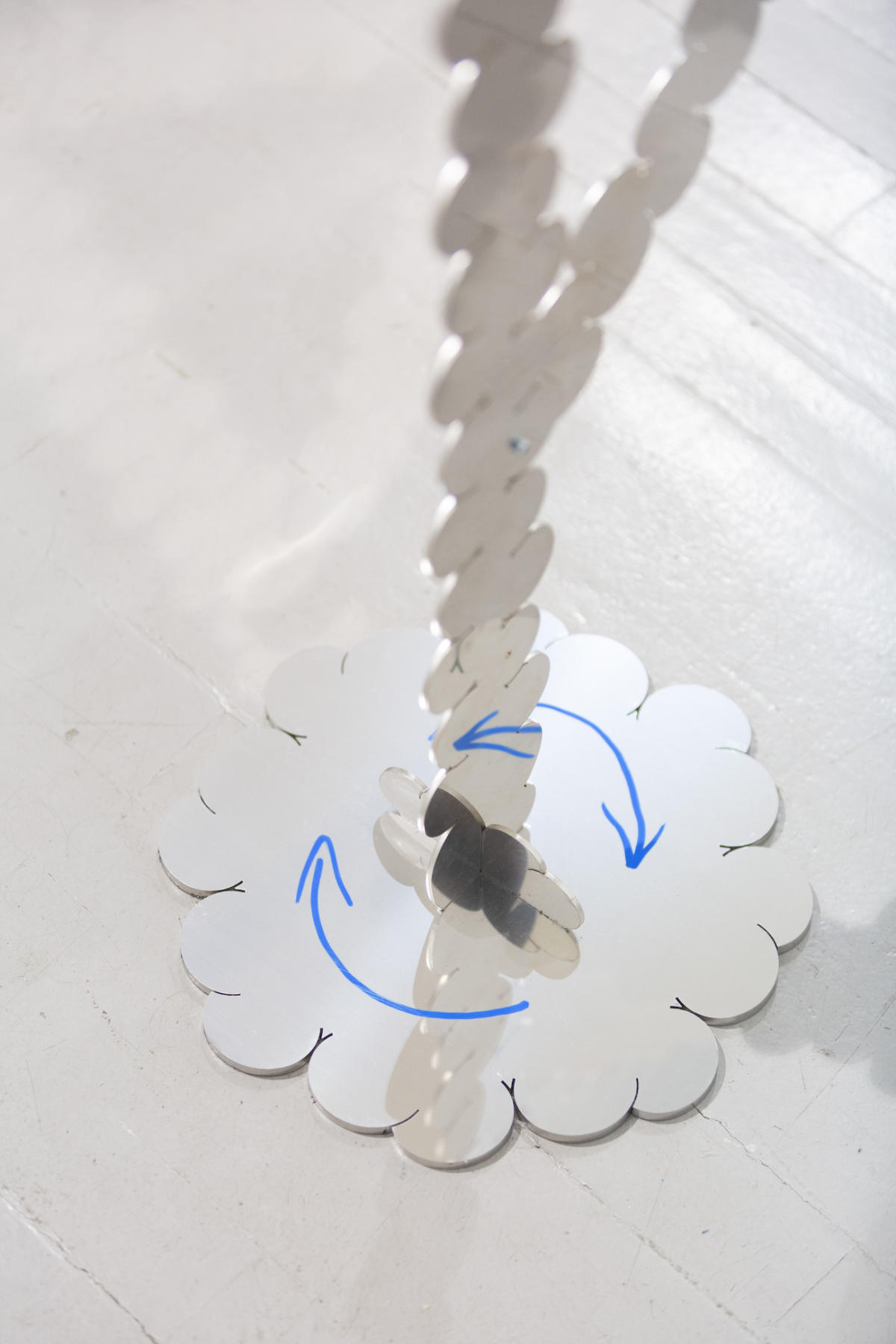
The ‘black swan’ theory tells that such catastrophic events can happen unexpectedly and suddenly. In the worst-case scenario, if we have to come to terms with the end of our planet and history, what human legacy if not its life preservation, apart from space debris, will we leave in the Universe? One could consider analogues of the golden phonograph record, on which are recorded images and sounds of Earth’s life and culture, sent in the space probe Voyager. However, nothing can be a substitute for ourselves, human beings.
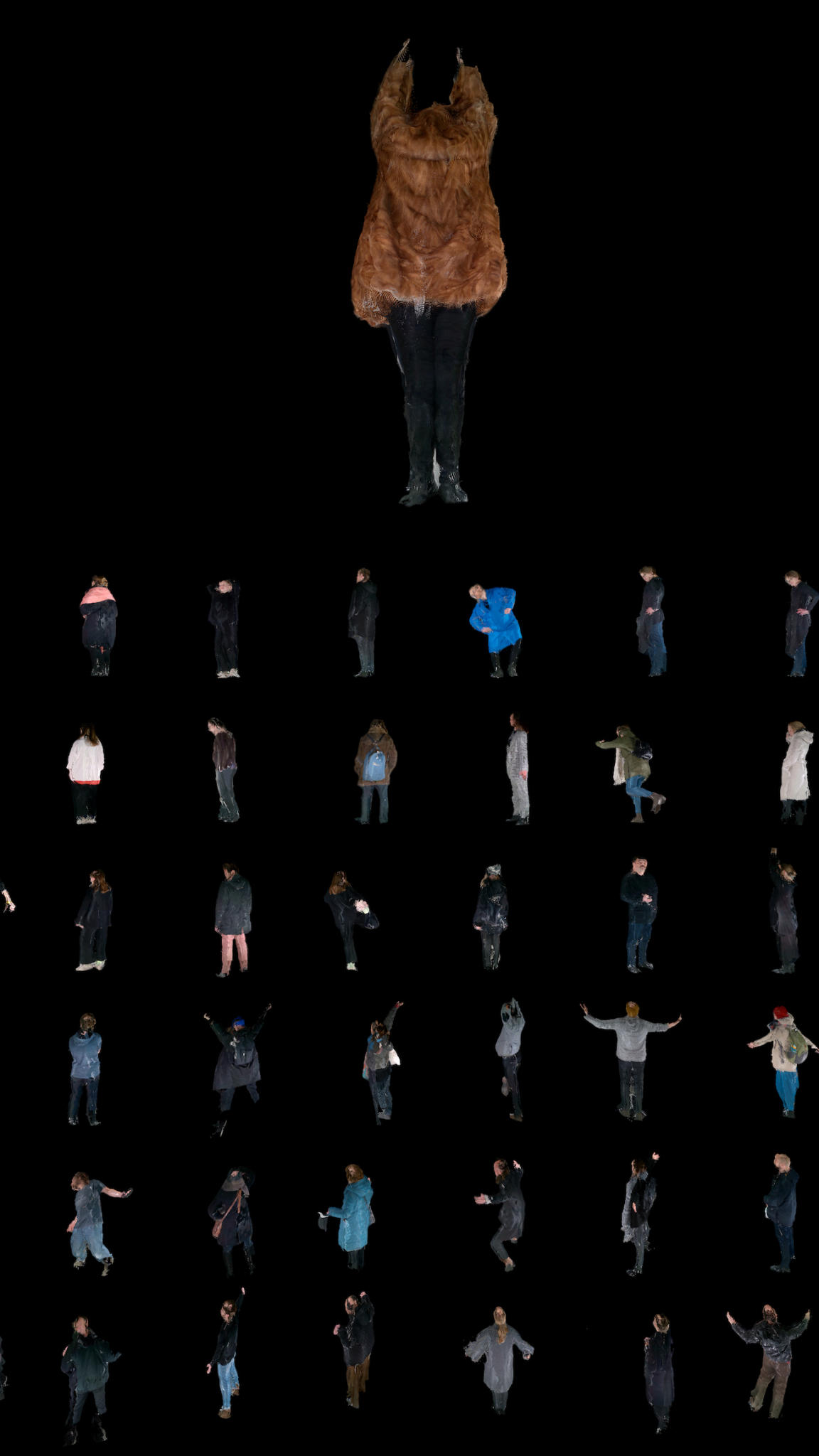

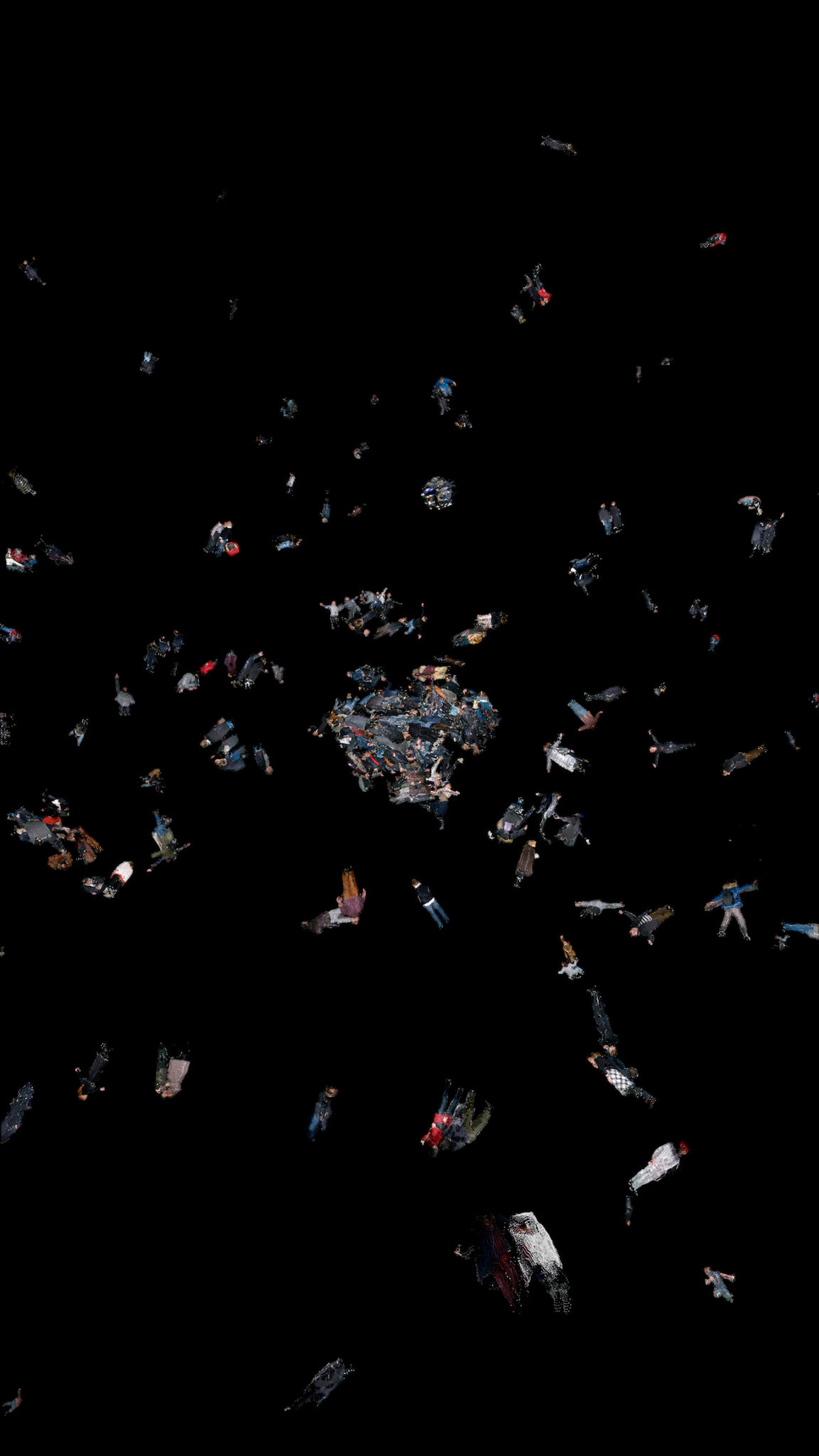
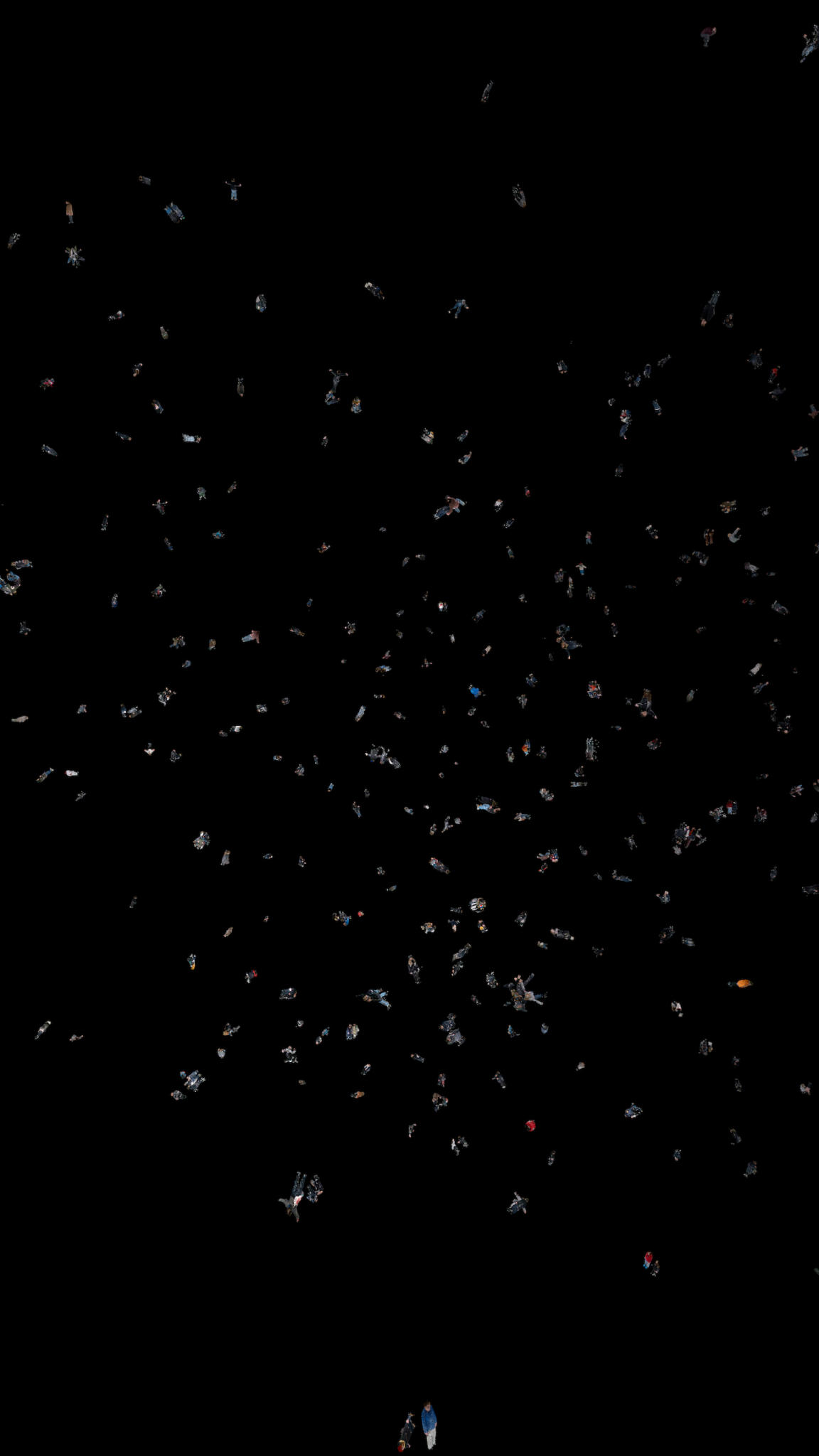
What if we just catapult ourselves into outer space? Just our bodies, without anything else. We would save weight and volume, and so the flight would be simpler and cost less. And what is most important, outer space is an excellent space for conservation for a long, long time. Outer space is an excellent environment for cryoanabiosis – suspended animation by freezing – a vacuum and an almost absolute zero.
In order to avoid solar radiation and unexpected collisions with other cosmic bodies, I am proposing one of the Lagrange points to be chosen. These are locations between two bodies orbiting around one another (for example, the Sun and the Moon, the Sun and Earth), in which the gravitational pull compensate for one another and third bodies, for example, space probes, stay in place and become stabilized. Those bodies are not affected by any other forces, only very weak gravitational forces, emanating from their own bodies (any object with mass has a gravitational field).



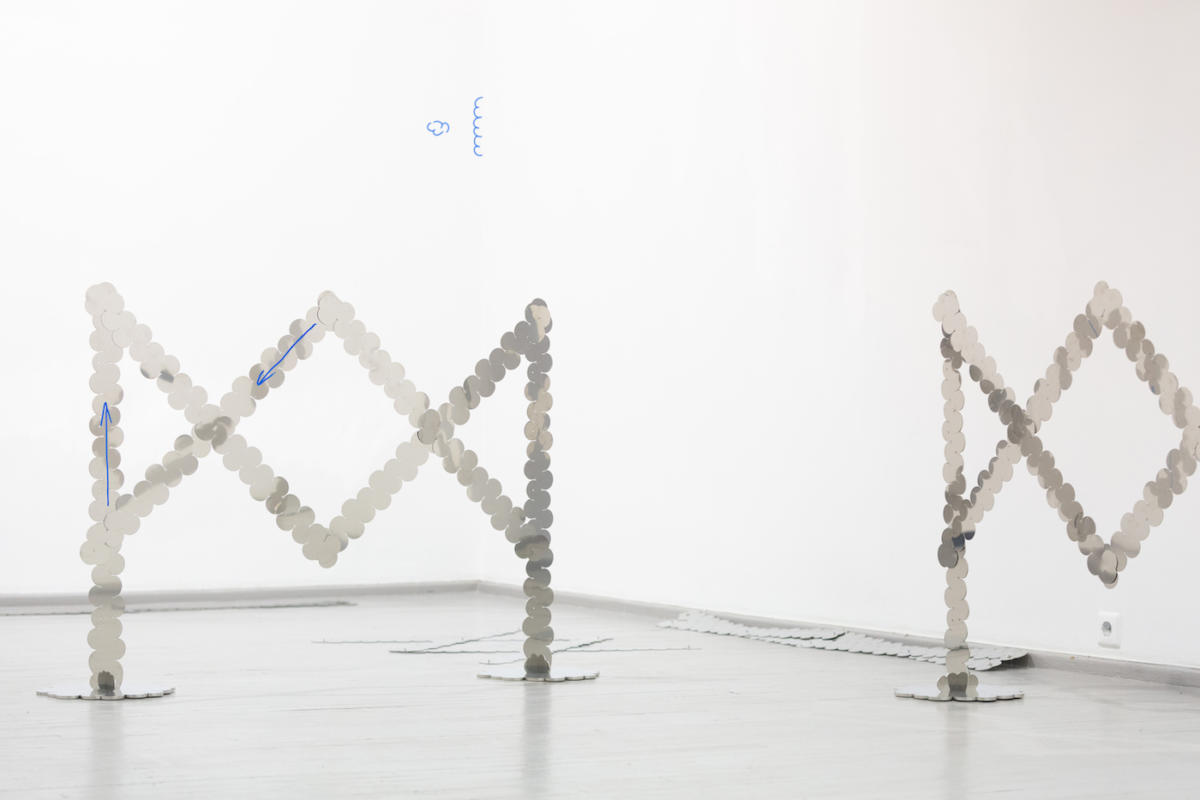
In this way the human bodies hovering in space over a certain period of time would be glued together in one cluster, an artificial celestial body. Depending on the magnitude of the biomass, it could evolve into an asteroid or even a planet. If such a process could be choreographed, we could extra-terraform a cosmic structure of our own: everyone holding on to a huge ring, snowflake, sphere or some kind of architectural composition. A cosmic fossil of humanity. A monument of humans to humans.
This essay is a modified version of the text published in the book Imagining Lithuania: 100 years, 100 visions, 1918-2018 , edited by Norbertas Černiauskas, Marija Drėmaitė, Tomas Vaiseta and translated by Romas Kinka (Vilnius: Lithuanian Culture Institute, 2018).
Imprint
| Artist | Julijonas Urbonas |
| Exhibition | A Planet of People |
| Place / venue | Vartai Gallery, Vilnius |
| Dates | December 13, 2018 – January 25, 2019 |
| Photos | Aistė Valiūtė, Daumantas Plechavičius |
| Website | www.galerijavartai.lt |
| Index | Aistė Valiūtė Daumantas Plechavičius Julijonas Urbonas Vartai Gallery |
